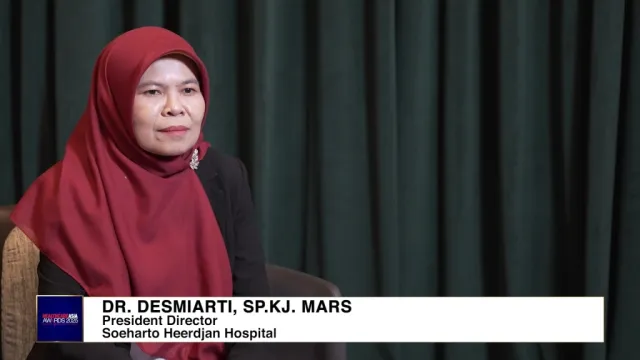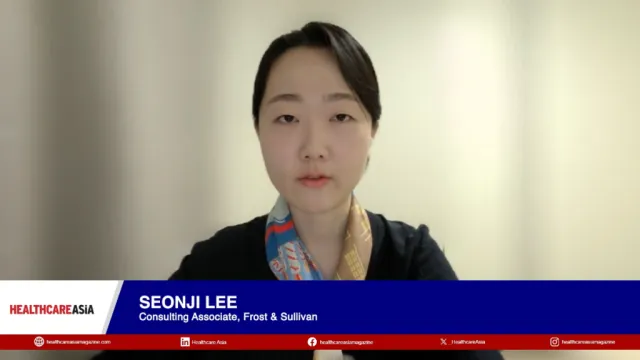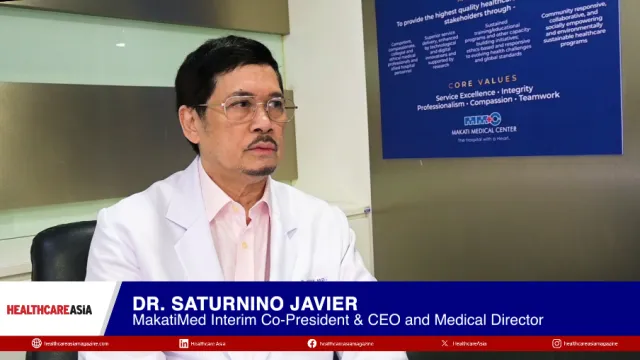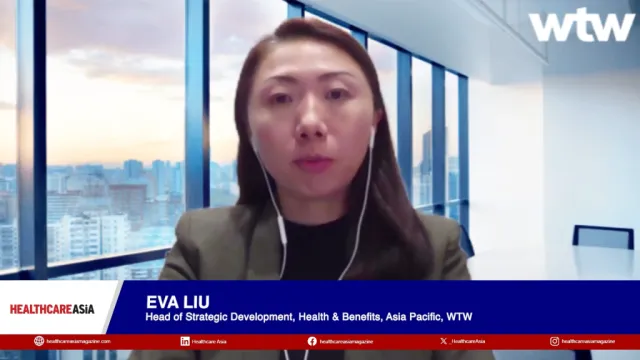Preventing Surgical Site Infections: Does a one-size-fit-all model work?
As the second-most commonly reported Healthcare Acquired Infection (HAI), surgical site infections (SSIs) are a significant cause of negative outcomes, with the incidence in low- and middle-income countries reported at more than 10%.
In recent years, global efforts in preventing SSIs have intensified due to a better understanding of its impact on the mental and physical health of patients and their families, and the staggering financial burden they place on the healthcare system. It should also be noted that one of the goals of SSI prevention is ultimately the avoidance of unnecessary or inappropriate antimicrobial usage, which directly contributes to the rise of antimicrobial resistance worldwide.
Asia-Pacific is of particular interest to health policy makers – whilst it only comprises one third of the world’s land area, it is home to 60% of the global population. Mortality rates attributable to SSIs can reach up to 46% in the region’s low-income countries and cost healthcare systems millions of dollars each year. Yet, sadly, it has been demonstrated that up to 55% of SSIs are preventable.
As healthcare providers, we aspire to deliver the best possible patient outcomes in a system that is under increased demand from a growing population, beset with the burden of chronic diseases and financial pressures from rising costs. These pose a unique challenge to the healthcare sector – the need to develop and implement strategies that will promote SSI prevention, improve surgical outcomes and consequently reduce the economic burden to the healthcare system.
How do we do this?
In 2016, the World Health Organisation (WHO) published the Global Guidelines on SSI Prevention, which further highlighted the urgency of the problem and the need to address it through evidence-based approaches. These strategies, deployed as a bundled approach, aimed to simplify the processes through which SSI prevention could be targeted.
To illustrate, simple adherence to the “5 Moments for Hand Hygiene” in a large government hospital resulted in a 20% reduction in SSIs. Likewise, the use of Plus Antibacterial Sutures during the surgical procedure, the only triclosan-coated sutures made available by Ethicon globally, reduces infections by 28%.
Yet, as discussed at the recent Care+ APAC Masters SSI Prevention Symposium, it is also important for countries to consider the healthcare dynamics caused by cultural, economic and operational factors and resources available locally. Understanding what can realistically be implemented helps shape country and hospital guidelines and provides a greater chance of engagement in implementation and compliance, ultimately resulting in better outcomes.
A case in point is the Philippines, which has been deeply committed to advancing its healthcare standards. In 2017, the Philippine College of Surgeons, alongside the Philippine Hospital Infection Control Society, Philippine Hospital Infection Control Nurses Association and Operating Room Nurses Association of the Philippines, spearheaded the development of consensus recommendations to manage and prevent SSIs6. This had similarly been done in other countries like Japan, China, and Thailand, where SSI prevention guidelines were developed specific to their healthcare systems.
The participating panel of Filipino experts provided insight into how the global guidelines can be adapted to suit the Philippine context and was able to come up with consensus recommendations deemed attainable by most healthcare institutions in the country.
This was the first time ever that solid steps were taken to develop national standards in SSI prevention. These recommendations were envisioned to provide surgeons and other healthcare professionals with a benchmark to standardise SSI prevention practices and eventually lower incidence.
A key component of the bundled approach is the measure of its implementation and outcomes through a surveillance system. This is a critical step in SSI prevention and requires the compilation of accurate data that will be used to determine subsequent courses of action.
SSI surveillance is an aspect where there is much room for improvement. Manpower shortage in health systems is often cited as a barrier to effective surveillance. However, the use of technology presents opportunities to perform surveillance remotely or do so in a more efficient manner by harnessing the cooperation of all stakeholders. In the Philippines where text messaging and social media is highly utilised, patients are also empowered to play a role. In fact, they appreciate being part of the surveillance process and are willing to contribute to the success of the healthcare team.
Whilst global guidelines have been crafted with all countries and economies in mind, it is crucial to understand that a one-size-fits-all approach to SSI prevention may not always work for different markets. There are characteristics unique to each institution and culture that need to be understood and respected.
We should continue to learn from each other, share best practices, adapt to local circumstances, and gather feedback through surveillance in order to come up with meaningful data that will form the basis of preventive measures. Notwithstanding this, SSI prevention also needs champions, with the vision of a time where no patient will ever have to worry about infection after surgery.

 Advertise
Advertise



